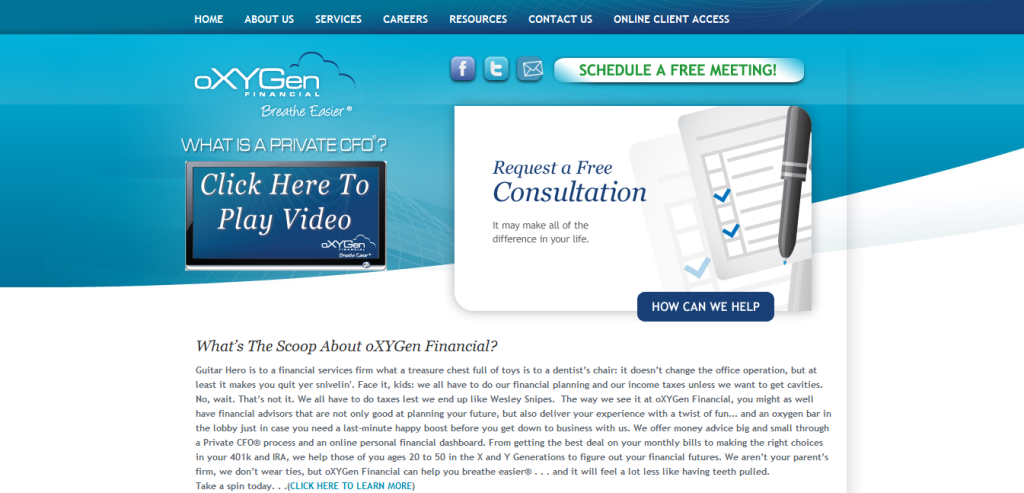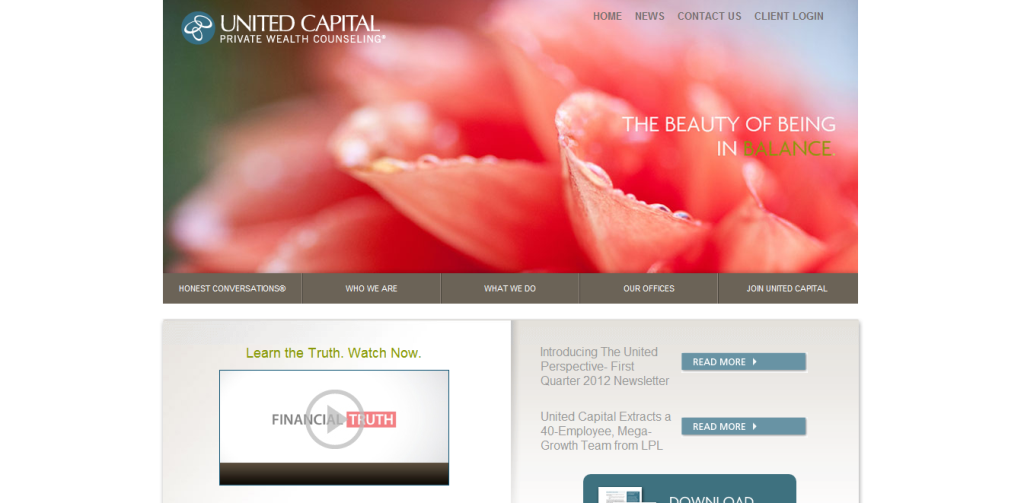Why I’m lucky clients didn’t flock to me
I reluctantly launched my career as a freelancer after getting laid off from a wonderful investment communications job at an investment management firm. After I decided to freelance, my phone didn’t ring with eager prospects. On the other hand, as an introvert, I didn’t do much to market myself. Cold calls? Heaven forbid.
Blessing in disguise
So, how was this a blessing in disguise? Because I developed a style of communicating that fits social media.
I wish I could say I foresaw social media. It might be nice to be a guru. But, I simply acted like myself.
I started an email list to stay in touch with the nice people at my old company. Rather than make my emails all about myself, I started writing up the presentations I attended at the Boston Security Analysts Society, where I networked regularly. I wrote about the bits that interested me, similar to the way I wrote up “How Merrill Lynch and US Trust stay relevant to clients, according to Justine Metz.”
When former colleague Tom Manning emailed me that he looked forward to my emails, I’d realized I’d stumbled onto something good. I turned my emails into a monthly e-newsletter, and I invited my networking contacts to subscribe. Those newsletter articles evolved into blog posts.
Back then, I looked jealously at writers who immediately landed steady work with earlier employers or their vast pool of contacts. But, if I’d done that, I wouldn’t have developed my newsletter, which has become the foundation of my success.
Lessons
I learned a style of marketing that works for an introvert like me, especially in the age of social media. Its components include the following:
- Give away useful content.
- Send mass emails only to people who agree to receive them.
- Keep your name in front of prospects on a regular basis. You can’t sell them until they’re ready to buy.
A veteran of the cold calling, hard sell school of marketing once told me, “You’re lucky you know how to write without always asking for the sale.”
I think I’m lucky the world has swung my way. I’m also grateful for the wonderful readers who have supported my e-newsletter and blog.










